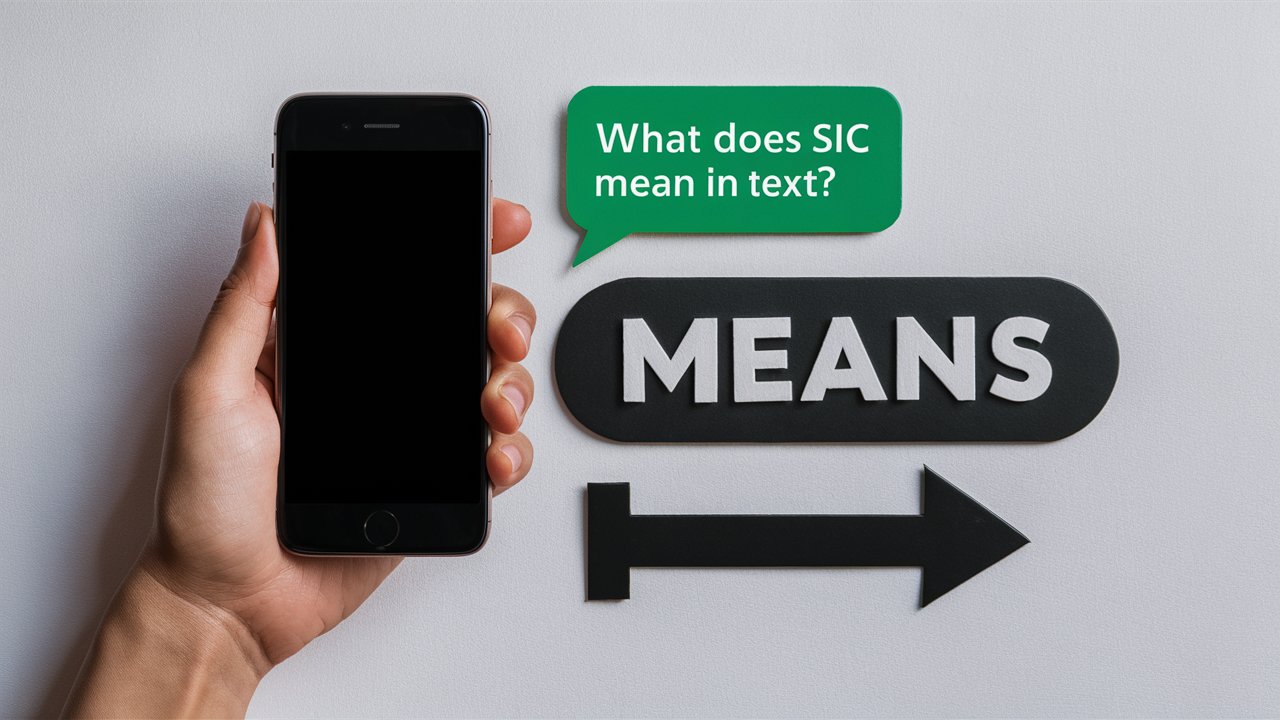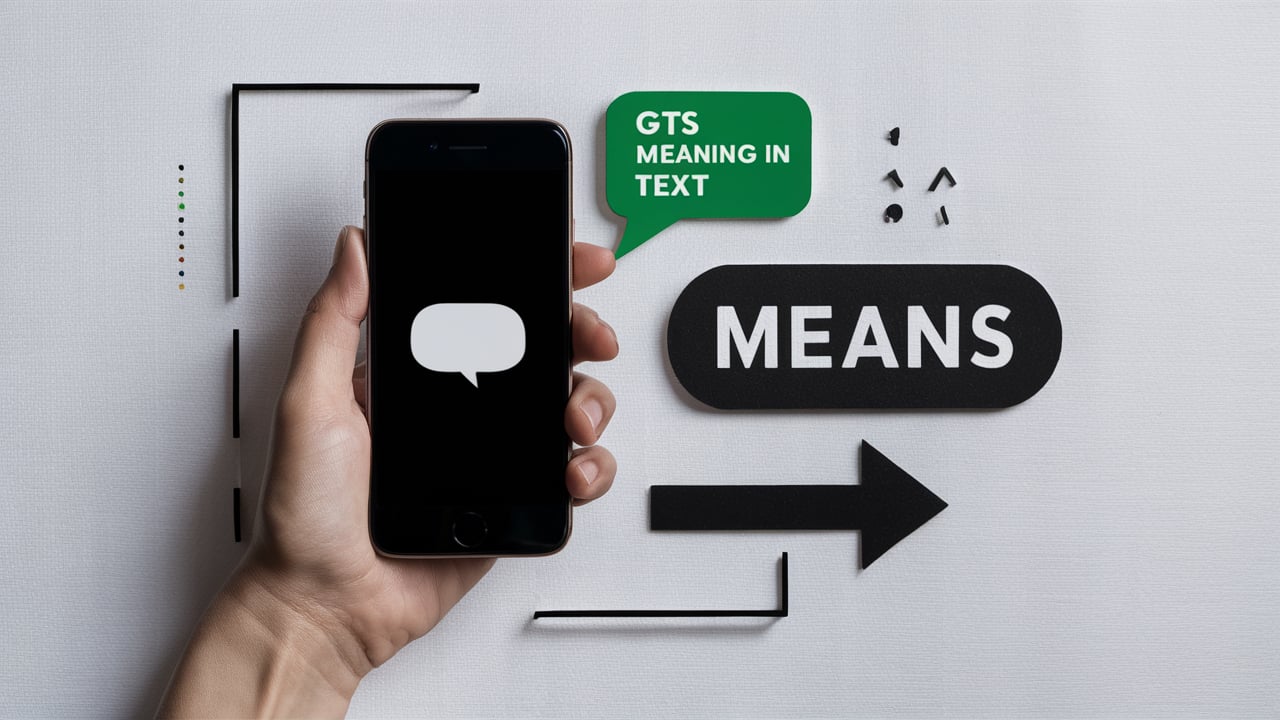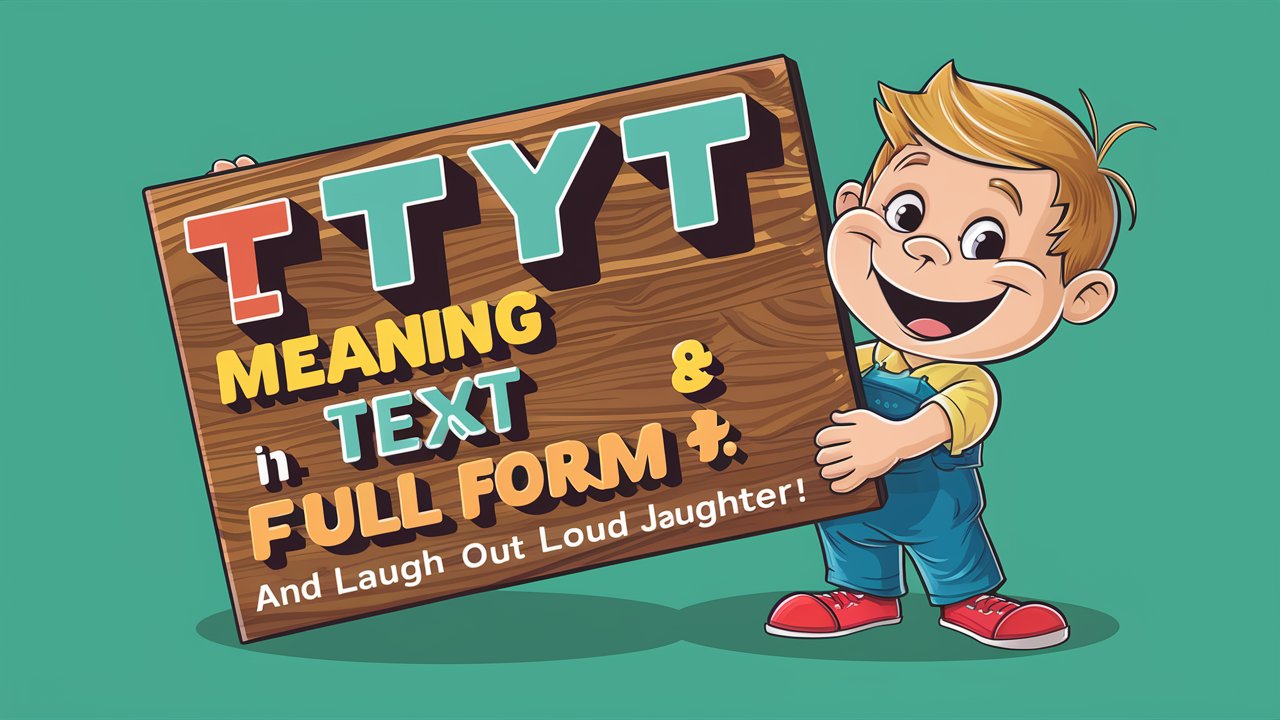When people see abbreviations or short forms in text or chat, they often wonder: what does it really mean? A full form is simply the expanded or original version of an abbreviation, acronym, or shorthand. It reveals the complete meaning behind the shortened word.
For example, “LOL” stands for Laugh Out Loud. Similarly, “ASAP” means As Soon As Possible. Knowing the full form helps readers understand the real intention behind words that might otherwise look confusing.
One of the most widely used but often misunderstood terms is “sic”. You might have seen it in quotes, memes, or academic texts, but its meaning depends on context and language.
This article will explore the full form and meaning of “sic” in 10 languages (English, Hindi, Italian, Spanish, French, Arabic, Chinese, German, Japanese, Russian)—with chat examples, cultural insights, and modern (2025) usage.
1. English: “sic” = [thus, so]

- Full Form: sic (Latin origin: “thus” or “so”).
- Meaning: In English writing, “sic” is used in brackets [sic] to indicate that a quoted text is reproduced exactly, including errors. It shows that the mistake is not from the author but from the source.
- Context: Academic papers, journalism, social media fact-checking.
- Chat Example:
- A: “He wrote ‘I has a dog’.”
- B: “You mean ‘I have a dog’?”
- A: “No, he literally wrote ‘I has a dog [sic]’.”
- Origin/Background: English adopted sic directly from Latin centuries ago. Its use exploded in publishing and digital journalism where accuracy matters.
2. Hindi: “सिक” (sic) = सिक्का / शुद्ध
- Full Form: In Hindi, sic can relate to “सिक्का” (coin) or be used as a transliteration in legal/academic writing.
- Meaning: In legal texts, “sic” is still used in the English sense (to indicate accuracy of a quote). However, colloquially, “सिक” sounds like सिक्का (coin), symbolizing value or authenticity.
- Chat Example:
- A: “उसने लिखा ‘मुझे 2 रुपया चाहिए [sic]’। ”
- B: “मतलब उसने गलत लिखा, पर तुमने वही quote किया।”
- Origin/Background: With English heavily influencing Hindi online, sic is seen in bilingual content.
3. Italian: “sic” = così / veramente

- Full Form: From Latin sic = “thus, exactly so”.
- Meaning: In Italian, sic is both a Latin holdover and part of everyday language, meaning “so” or “indeed”.
- Chat Example:
- A: “Hai detto che lui ha scritto ‘io mangia’?”
- B: “Sì, l’ha scritto così [sic].”
- Origin/Background: Italians naturally connect with Latin roots, so sic feels less “foreign” compared to English.
4. Spanish: “sic” = así / tal cual

- Full Form: sic = “así” (thus).
- Meaning: In Spanish, sic is mostly used in academic and journalistic writing, just like in English, to mark an error in quoted text.
- Chat Example:
- A: “Escribió ‘yo sabe mucho’.”
- B: “Lo copiaste literal [sic].”
- Origin/Background: Adopted from Latin during early modern literature. Still very common in Spanish journalism.
5. French: “sic” = ainsi / tel quel
- Full Form: sic = “ainsi” (thus).
- Meaning: In French, it is widely used in newspapers and scholarly works to signal fidelity to a text.
- Chat Example:
- A: “Il a dit ‘je suis aller’.”
- B: “Tu l’as écrit avec l’erreur [sic].”
- Origin/Background: French law and literature borrowed heavily from Latin, making sic a natural fit.
6. Arabic: سيك (sic) = هكذا
- Full Form: sic is transliterated as “سيك” but means “هكذا” (thus/so).
- Meaning: In Arabic academic writing, sic is used in English form but explained as “هكذا”.
- Chat Example:
- A: “كتب ‘انا ذهب’.”
- B: “انت كتبتها مثلما هي [sic].”
- Origin/Background: Arabic scholars preserve original sources, so sic appears in translations and Islamic jurisprudence studies.
7. Chinese: [原文如此] (sic)
- Full Form: In Chinese, sic translates as 原文如此 (“original text as is”).
- Meaning: Used in publishing and digital media to clarify that a mistake is from the source.
- Chat Example:
- A: “他说 ‘我去过美国五次了们’。”
- B: “你保留了他的错误 [sic: 原文如此].”
- Origin/Background: Increasingly popular in Chinese fact-checking sites (2025 trend).
8. German: “sic” = so / wirklich so
- Full Form: sic = “so” or “wirklich so”.
- Meaning: Used in German newspapers, law, and history writing. It emphasizes accuracy of a direct quotation.
- Chat Example:
- A: “Er schrieb ‘Ich gehe Kino’.”
- B: “Du hast es mit Fehler [sic] übernommen.”
- Origin/Background: Adopted from Latin during medieval scholarship in Germany.
9. Japanese: [原文ママ] (sic)
- Full Form: sic translates to 原文ママ (genbun mama) meaning “as in the original text”.
- Meaning: In Japanese, sic is not native but has an equivalent expression for exact citation.
- Chat Example:
- A: “彼は『私行く』と書いたよ。”
- B: “間違いのまま書いたんだね [sic: 原文ママ].”
- Origin/Background: Academic and legal translations often retain “sic” alongside the Japanese version.
10. Russian: “sic” = так / именно так
- Full Form: sic = “так” (so, thus).
- Meaning: In Russian literature and research papers, sic ensures readers know the mistake is from the original author.
- Chat Example:
- A: “Он написал ‘я есть студент’.”
- B: “Ты привел цитату с ошибкой [sic].”
- Origin/Background: Used in Slavic legal systems since the 19th century.
Cross-Language Comparison
| Language | Translation of “sic” | Common Usage | Unique Feature |
|---|---|---|---|
| English | thus, so | Journalism, academia | Most globalized form |
| Hindi | सिक्का / शुद्ध | Law, bilingual texts | Dual meaning (coin/authenticity) |
| Italian | così, veramente | Everyday + academic | Feels natural due to Latin |
| Spanish | así, tal cual | News, research | Strong literary history |
| French | ainsi, tel quel | Journalism, law | Very formal tone |
| Arabic | هكذا (hakadha) | Religious, academic | Linked to classical texts |
| Chinese | 原文如此 | Publishing, fact-checks | Increasing 2025 digital use |
| German | so, wirklich so | Historical, legal texts | Used since medieval times |
| Japanese | 原文ママ | Academic, legal | Localized phrase common |
| Russian | так, именно так | Literature, research | Preserves authenticity |
Why Understanding Full Forms Matters in 2025
In 2025, digital communication is more global than ever. Misinterpretation of short forms can lead to:
- Academic errors in quoting research.
- Legal miscommunication in contracts.
- Cross-cultural misunderstandings in social media.
Knowing the full form and cultural context of “sic” helps maintain accuracy, credibility, and professionalism.
For example, a journalist in New York, a lawyer in Paris, and a student in Beijing all use sic—but in slightly different ways. Understanding these nuances ensures your writing is respected globally.
Conclusion
The little word “sic” carries huge weight. From Latin roots to its modern multi-language adaptations, it represents accuracy, authenticity, and cultural respect.
By learning its full forms in 10 languages (English, Hindi, Italian, Spanish, French, Arabic, Chinese, German, Japanese, Russian), you’re not just decoding a word—you’re entering a deeper level of global communication.
In 2025, where misinformation spreads fast, sic is a tool of truth and precision. So next time you see “[sic]” in text, you’ll know it’s not just an error—it’s a marker of honesty.


